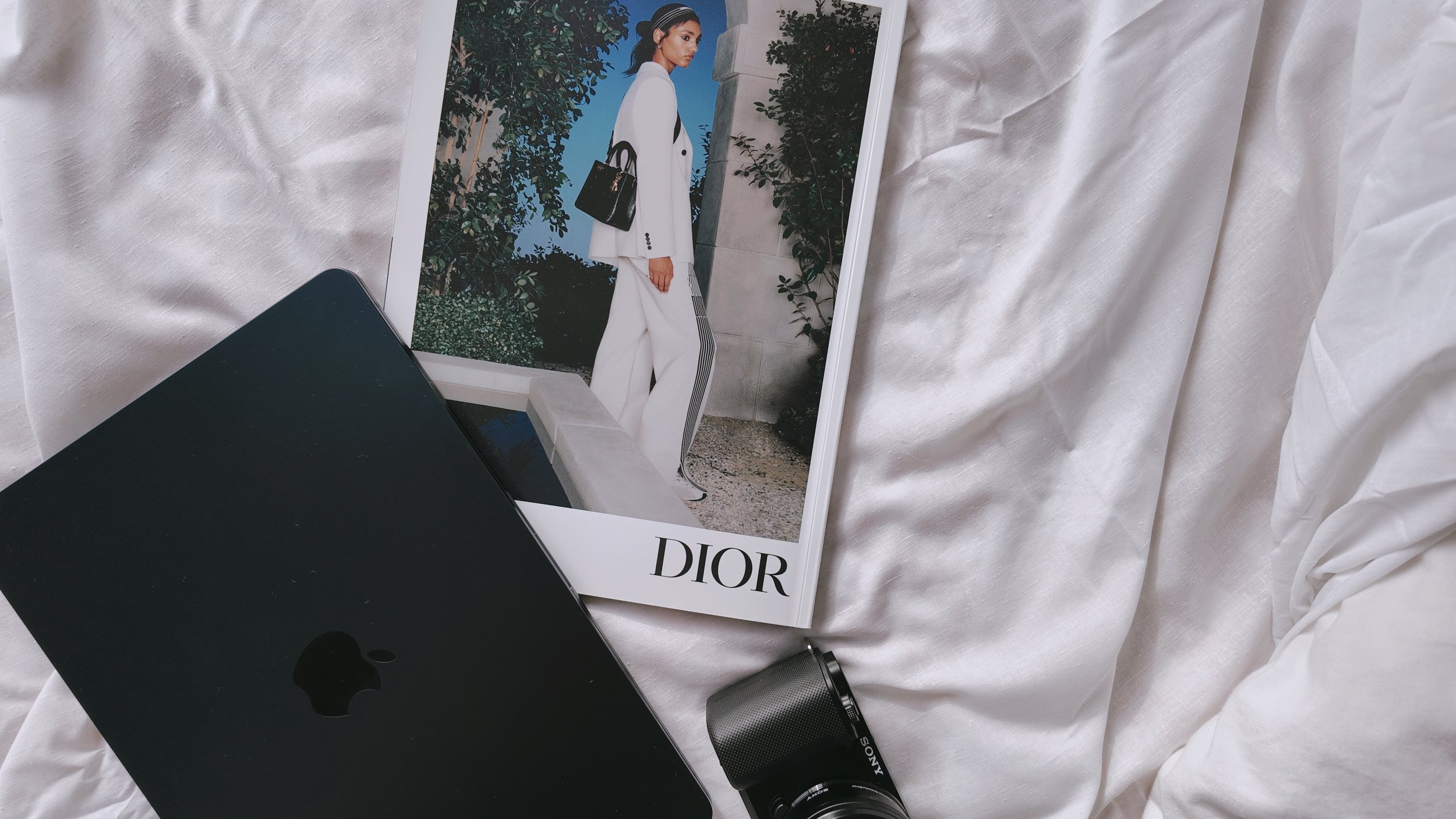What Luxury Brands Can Teach Us About Storytelling
Luxury storytelling is a strategy that commands higher prices, deeper loyalty, and long-term market share.
Luxury brands aren’t “getting lucky” with loyal buyers and premium price tags. They’re executing a storytelling formula that’s been tested for decades. The goal isn’t to describe a product, it’s to control the meaning of that product in the customer’s mind.
That’s why Chanel doesn’t talk about fabric counts. Patek Philippe doesn’t talk about gears. They talk about identity, status, and belonging because those are the drivers that make people spend 10x more without blinking.
If you can master the same principles, you can raise perceived value, shorten your sales cycle, and build a brand people can protect and advocate for, even outside the luxury space.
THEY SELL TRANSFORMATION, NOT A TRANSACTION
Luxury brands know customers aren’t buying what it is. They’re buying who they become by owning it. Cartier isn’t selling a watch; they’re selling a symbol of taste, achievement, and legacy.
If you want to apply this:
Map your customer’s before-and-after state.
Identify the emotional and identity shifts your offer creates.
Lead with that transformation in your marketing.
Price resistance drops when the buyer connects the purchase to their desired self-image.
THEY SYSTEMIZE CONSISTENCY TO SCALE TRUST
From brand voice, visuals, packaging, and even employee training, luxury brands remove guesswork from how they show up. The story is locked and repeated until it’s second nature across the organization.
If you’re inconsistent with tone or visuals, you’re unintentionally eroding trust. Systemize your voice guidelines and content pillars. Make sure sales, social, and service teams all speak the same “language” so every touchpoint reinforces the same narrative.
THEY LEVERAGE ORIGIN AS PROOF OF CREDIBILITY
Hermès can tell you exactly how they started, why they exist, and what hasn’t changed in 150+ years. That history creates authority and differentiates them from mass-market competition.
You don’t need a century of history to do this, but you do need to frame your brand’s origin story strategically. Highlight what sparked your launch, the values you refused to compromise on, and the early moments that shaped your offer. These aren’t random anecdotes, they’re positioning assets.
THEY MAKE THE BUYER THE PROTAGONIST
In a Gucci campaign, the product is rarely the focus. The customer (the life they’re living, the rooms they’re in, the people they’re with) is the real hero.
Your offer should be the supporting character that helps them achieve their goal. Position your product as the bridge between their current reality and the life they want to live. This shifts you from selling a thing to selling a future.
THEY USE SCARCITY TO INCREASE DEMAND VELOCITY
Limited drops, invite-only events seasonal capsules… Scarcity isn’t an accident in luxury marketing. It’s an engineered driver of urgency and perceived exclusivity.
Even outside luxury, you can use scarcity ethically:
Limited-time service windows
Seasonal product launches
Bonuses only available to early adopters
When supply is capped, desire rises, and so does your ability command premium pricing.
FINAL THOUGHTS
Luxury storytelling works because it operates at the intersection of psychology and positioning. It’s not decoration. It’s the framework that shapes demand, justifies pricing, and creates lifetime customers.
You may not be selling a $50,000 Birkin, but you can absolutely sell like you are: by controlling the meaning of your brand, leading with transformation, and delivering your story consistently until it becomes synonymous with your category.
If you’re ready to build a brand that sells with the precision of a luxury house, and back it with strategies that drive measurable growth, our 1:1 consulting and agency retainers are built to get you there.







